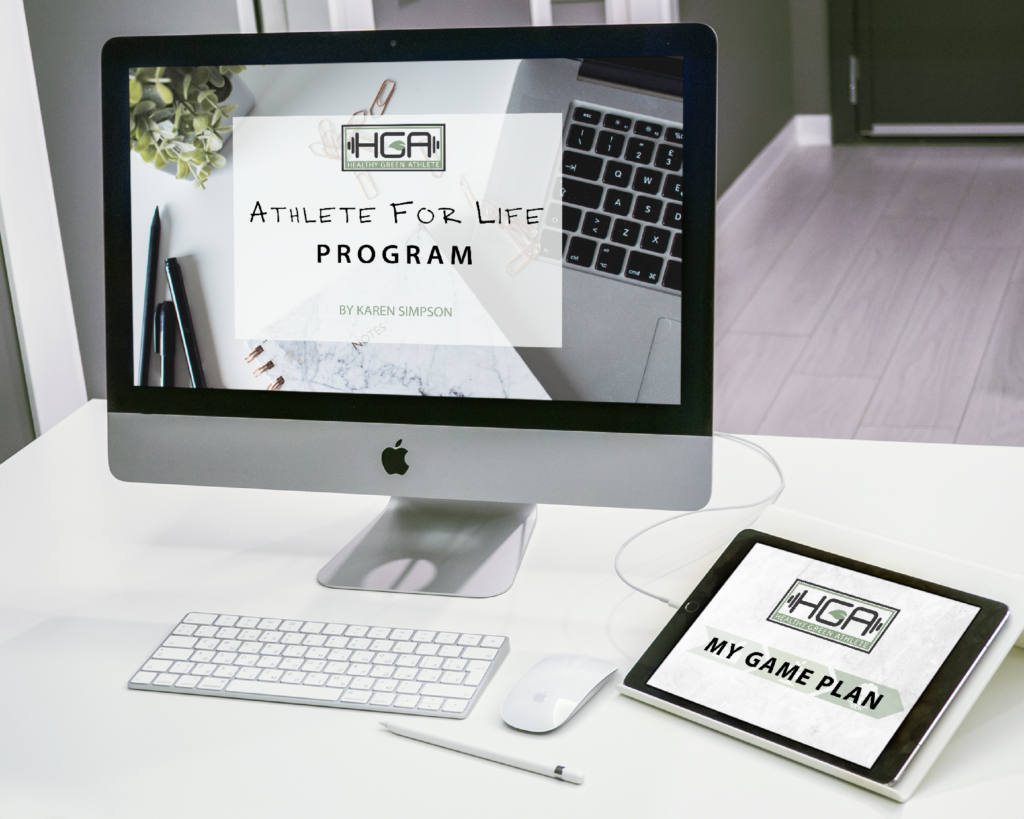
Total Program Value: $2,850
Limited spots available!
Next session launches February 1, 2025
Stay strong, agile and confident as you age
ATHLETE FOR LIFE 12-WEEK COACHING PROGRAM
Included in this program are:
- 6 bi-weekly small group coaching calls
- Access to private NUDGE app community
- Comprehensive program resources and content
- Personalized game planning and feedback
- Progress tracking and accountability tools
As an athlete, I know that staying active and competitive is not just about performance—it’s about maintaining my overall health, vitality, and connection to the sports I love. However, as I age, my body changes, and the risk of injury increases. While this can seem daunting, the good news is that with the right strategies, I can prevent many common injuries and continue to thrive in my athletic pursuits.
In this blog, I’ll share the three most common injuries I’ve encountered as an aging athlete—joint injuries, muscle strains, and overuse injuries—and the actionable steps I take to avoid them.
1. Joint injuries - keeping those hinges healthy
Joint injuries, such as knee sprains, shoulder issues, and hip pain, are among the most common challenges I’ve faced as I’ve gotten older. Over time, cartilage wears down, and the stabilizing structures around the joints can weaken, leading to pain, inflammation, and reduced mobility. Activities that involve repetitive movements or impact—like running, jumping, or throwing—have increased these risks for me.
How I prevent joint injuries:
1. Strengthen supporting muscles
Strong muscles around my joints act as shock absorbers and provide stability. I incorporate strength training exercises like squats, lunges, and resistance band workouts to target key areas such as the quadriceps, hamstrings, and glutes for knee support, or the rotator cuff muscles for shoulder stability.
2. Prioritize mobility and flexibility
Regular mobility work improves my range of motion and reduces stiffness. I add dynamic stretches before workouts and static stretches afterward. Practices like yoga or dedicated mobility drills also help me maintain joint health.
3. Focus on proper form and technique
Poor mechanics put unnecessary stress on my joints. Since I was in college as a Division 1 student-athlete, I’ve been working with a strength and conditioning coach to learn the proper technique for power and olympic lifts. Then, I joined a crossfit box to further practice these and made sure that the coaches there knew what they were doing. After a few years of that, I hired a strength and conditioning coach that I’ve been working with remotely for the past 15 years. Now that I’m in my 40s, I still work with my strength and conditioning coach and my physical therapist to refine my technique, address asymmetries and weaknesses and improve mobility.
4. Listen to pain
Discomfort is my body’s way of signaling something is wrong. I address minor joint aches early with rest, ice, or modifications to my training. If I’m in the middle of a squat and I feel a pain in my knee, I stop immediately. When this happens, I know that I likely have to address some muscle tightness in my quads, hamstrings and calves. After spending a few minutes of foam rolling these muscles, I get back to squatting and the pain has subsided. If the pain is still there, it’s my body telling me to drop down some weight or that I’m done for the day.
5. Take joint health supplements
In addition to a nutrient-rich diet and a sport-specific training program that focuses on injury prevention, I also support my joints with supplements. Nutrients like collagen, tart cherry extract, and omega-3 fatty acids support cartilage health and reduce inflammation. As a certified sports nutritionist, I can determine the right supplements for me. Here are the joint supplements that I’m currently taking on a daily basis:
2. Muscle strains - staying strong without overdoing it
Muscle strains occur when fibers in a muscle are overstretched or torn, often as a result of sudden movements, overloading, or fatigue. Common areas for strains include the hamstrings, calves, and lower back. As I age, my muscles naturally lose elasticity and strength, making them more susceptible to injury.
How I prevent muscle strains:
1. Warm up properly
A proper warm-up increases blood flow to my muscles and prepares them for activity. As I’ve gotten older, I’ve realized how important the warmup is for preventing injuries – especially the very preventable muscle strains. I start with 5-10 minutes of light aerobic activity, followed by dynamic stretches that warm up the muscles that I’ll be focusing on in the workout that day. If I’m warming up to play volleyball, I have a 15 minute warmup routine that targets all of the muscles that I’ll be using to play.
2. Focus on eccentric training
Eccentric exercises, like controlled lowering during a squat or slow hamstring curls, improve muscle strength and elasticity. Eccentric tempo training is one method of introducing eccentric training into your workouts. These exercises involve a slow lowering of weight and allows my muscles to spend more time under tension.
This style of training also focuses on lightening the load but still remains incredibly effective for strength training. This makes tempo exercises is a great way to make gains while staying safe and minimizing stress on my body.
I often find these exercises thrown in at my reformer Pilates classes which is another reason why I’m a big fan of it. This style of exercise allows the muscles to not only spend time under tension, but allows them to lengthen at the same time.
3. Gradually increasing intensity
Let me preface this one by saying that I am not built for strength. I am 6 feet tall with long limbs (aka levers). Within this in mind, I rarely try to max out my lifts and avoid sudden spikes in my training volume. Instead I gradually increase my volume, intensity and/or weight that I’m lifting. Sometimes that increase is very minimal compared to the previous week. And while the progress from week to week is minimal, I still make progress and avoid muscle injuries that may set me back.
It’s also important to note that the gains I am able to achieve in my 40s are very different than the ones I was able to obtain in my 20s. BUT, by focusing on injury prevention, those gains are possible at any age with a strategic training program.
4. Maintain muscle balance
Imbalances between opposing muscle groups (e.g., quadriceps vs. hamstrings) can lead to strain. I incorporate exercises that target both sides equally to maintain balance. My strength and conditioning coach also helps to identify asymmetries and provides exercises in my programs to help balance things out. I can send him a video of me squatting and he can determine which other muscles in my legs need to be targeted. If my knees are caving in when I squat, he will program some exercises to strengthen my glutes, particularly my gluteus medius muscles.
5. Stay hydrated and fueled
If I reflect on the muscle strains I’ve had in the past, I can almost always point to the fact that I was dehydrated when it happened. Dehydration and low energy levels can increase the likelihood of fatigue-related injuries. I make sure I’m drinking enough water and consuming adequate carbohydrates and protein to not only support my workouts, but also prior to competing.
3. Overuse injuries: the slow burn of repetition
Overuse injuries develop gradually as a result of repetitive stress on tissues without sufficient recovery. Common examples include tendinitis (inflammation of tendons), stress fractures, and plantar fasciitis. These injuries are particularly common for me as an aging athlete who may be less resilient to cumulative microtrauma. In college, I developed some pain in my hip joints due to overuse of playing indoor volleyball 5-6 days a week. Then in my late 30’s, I partially tore my meniscus while playing and my orthopedic doctor was certain that it happened from overuse. Now that I’m in my 40s and want to play for as long as possible, I’m much more mindful about the stress that I’m putting on my muscles and joints. Here’s what I am doing to prevent overuse injuries.
How I prevent overuse injuries
1. Periodize my training
Periodization involves varying my training intensity and focus over time. I include lower-intensity weeks or cross-training to give my body a chance to recover.
2. Listen to my body
I pay attention to early warning signs like soreness, tightness, or fatigue that persists beyond 48 hours. Adjusting my training as needed prevents minor discomfort from becoming a chronic issue.
3. Incorporate recovery days
Rest and active recovery days are essential for repairing tissues stressed during training. Activities like walking, swimming, or light stretching promote blood flow without overloading my body.
4. Use proper equipment
Worn-out shoes, incorrect gear, or improperly fitted equipment can exacerbate repetitive stress. I regularly inspect my equipment and replace it when needed.
5. Strengthen tendons and ligaments
Tendons and ligaments adapt more slowly than muscles. Including lower-load, high-repetition exercises like banded pulls or light resistance work has built their resilience over time.
Bonus tips for injury prevention
Get regular assessments
I work with a physical therapist or sports performance specialist to identify weaknesses, imbalances, or risk factors. While I was recovering from knee surgery, I hired a mobility specialist to determine areas of my body that may have contributed to my injury in the first place. Turns out it was a combination of tight calves, tight quads and an old ankle injury from college that I hadn’t rehabbed properly. In addition to dry needling and foam rolling to address my muscle tightness, I also included some ankle mobility exercises into my training from then on out. The professionals I work with are incredibly knowledgeable about human movement patterns and have provided corrective exercises and recommendations that are tailored to my needs.
Prioritize sleep
Sleep is when my body repairs itself. I feel my best when I get a solid 10 hours of quality sleep per night to support recovery and reduce injury risk. Therefore, I make sure that my bedtime routine is supportive of restful sleep.
Stay consistent
Consistency in training is more effective (and safer) than sporadic bursts of high-intensity activity. Regular, moderate exercise builds resilience and reduces the likelihood of sudden overload. I’ll admit that while I strive to get 5 strength workouts and 3 cardio-focused workouts in per week, it doesn’t always happen like that. On the weeks that I’m traveling or have a lot on my plate, I try to at least get in a quick 30-minute workout a few days a week. It might not be lifting as heavy or as intense as my preferred gym workouts, but I move my body as efficiently as possible. I make exercise a priority so I find that this is attainable for me no matter how busy I am or where I’m traveling to that week.
Manage stress
Chronic stress increases cortisol levels, which can weaken tissues and delay recovery. Incorporating stress-reducing practices like meditation, breathwork, or journaling has helped me stay focused and balanced.
Conclusion
Injuries don’t have to be an inevitable part of aging as an athlete. By understanding the most common risks—joint injuries, muscle strains, and overuse injuries—and implementing preventive strategies, I’ve stayed active, strong, and injury-free for years. The key is to listen to my body, prioritize recovery, and maintain a balanced approach to training.
My athletic journey hasn’t ended as I’ve aged; it has evolved. With the right tools and mindset, I know I can continue to perform at my best and enjoy the activities I love for a lifetime.
Interested in learning more about how to optimize your training and recovery?
Check out my Athlete for Life program, designed specifically for adult athletes who want to stay strong, agile, and vibrant at any age.

Total Program Value: $2,850
Limited spots available!
Next session launches February 1, 2025
Stay strong, agile and confident as you age
ATHLETE FOR LIFE 12-WEEK COACHING PROGRAM
Included in this program are:
- 6 bi-weekly small group coaching calls
- Access to private NUDGE app community
- Comprehensive program resources and content
- Personalized game planning and feedback
- Progress tracking and accountability tools
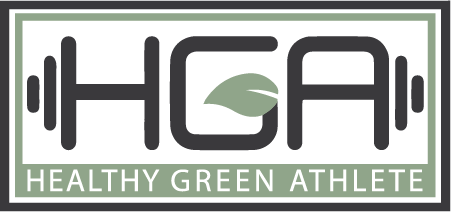
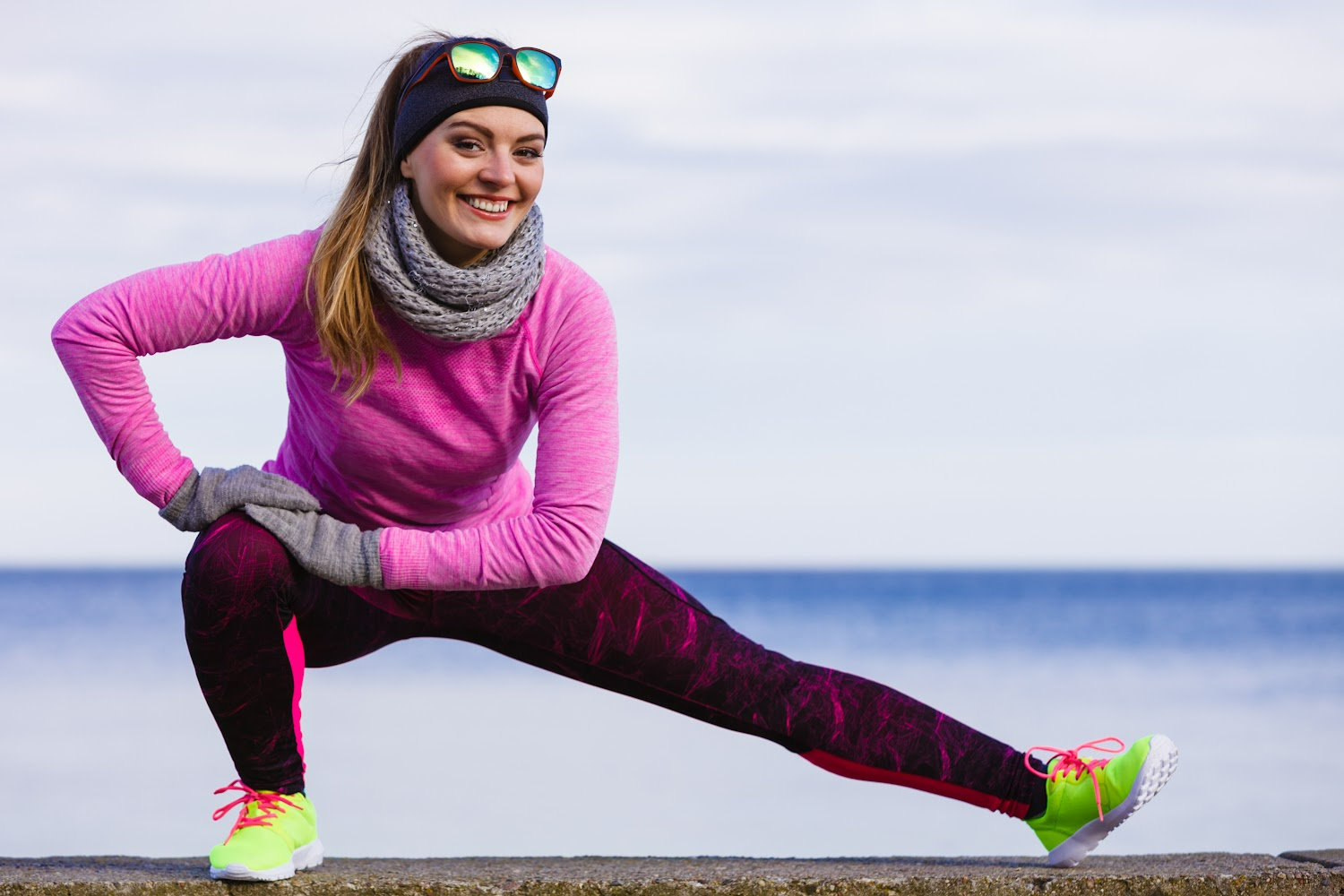
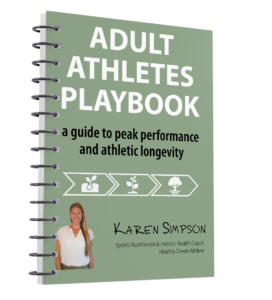

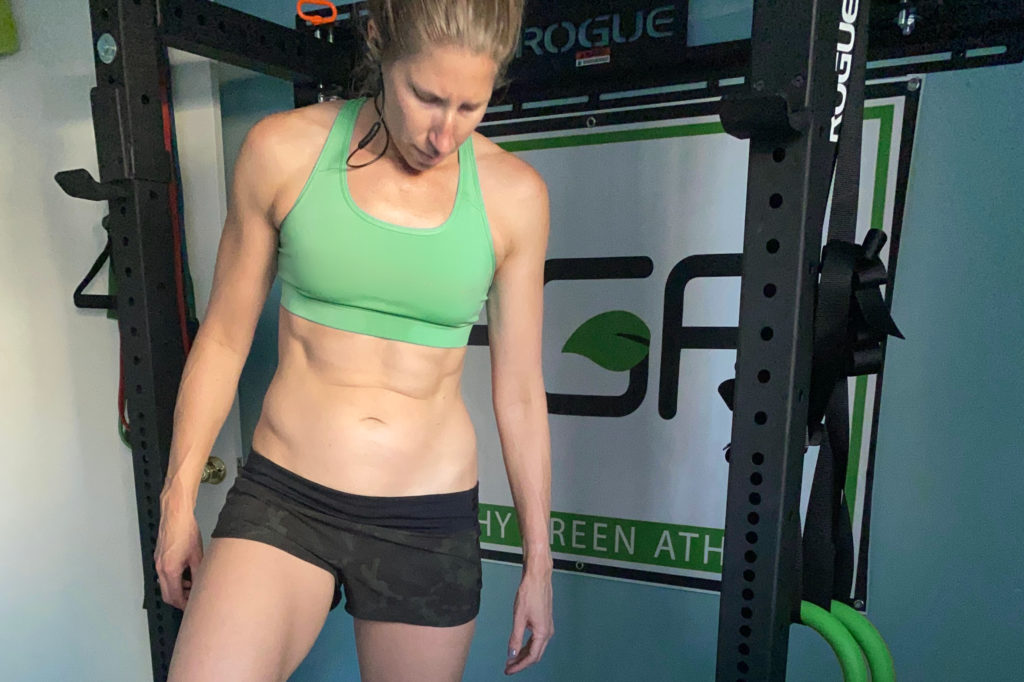

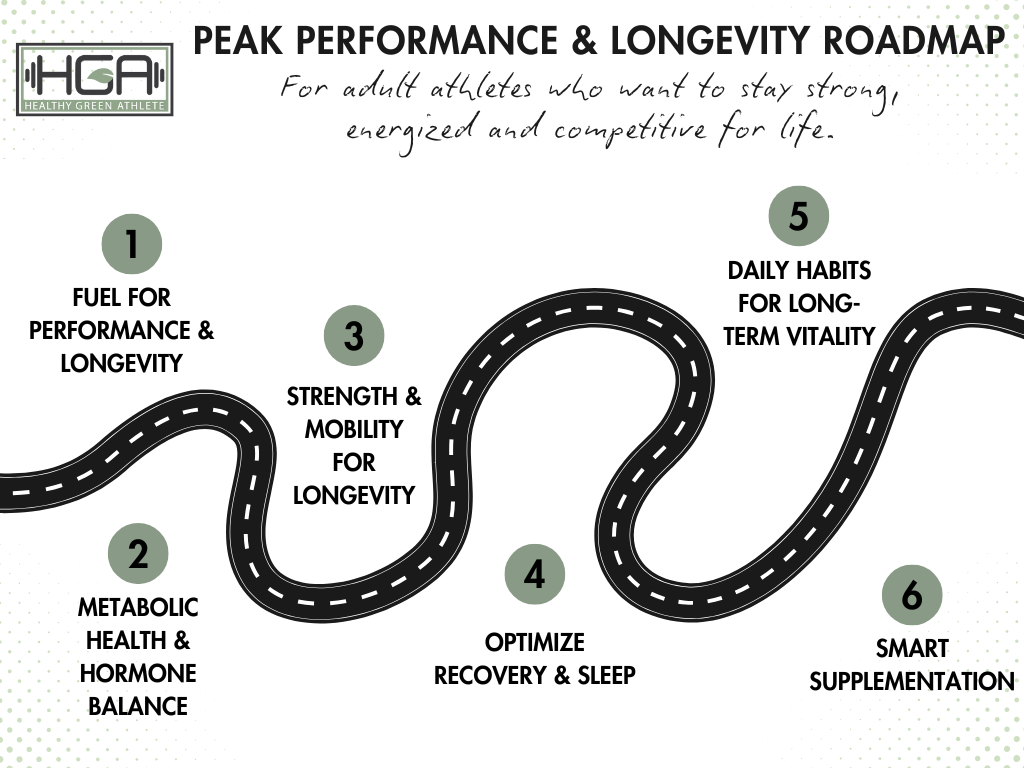
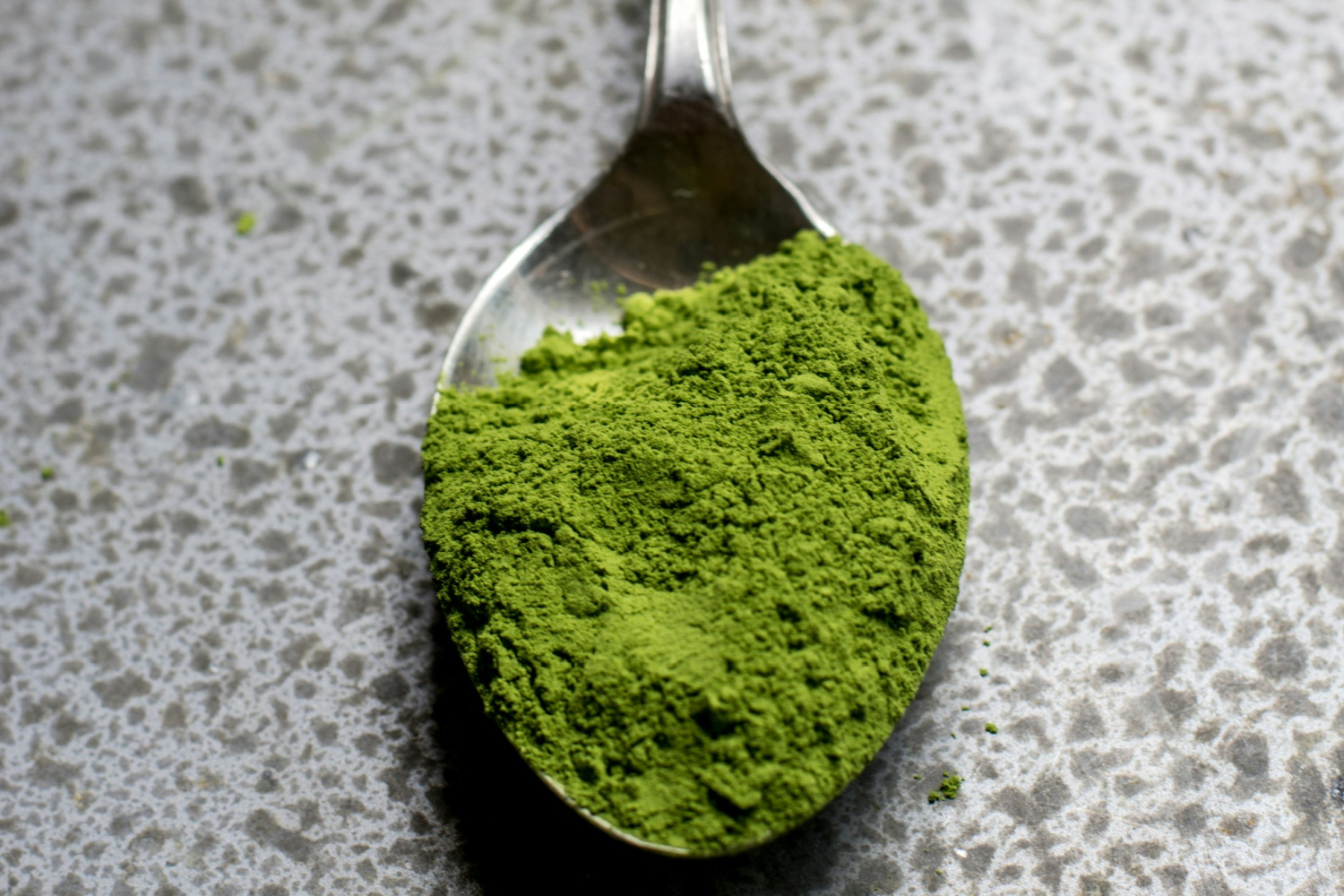



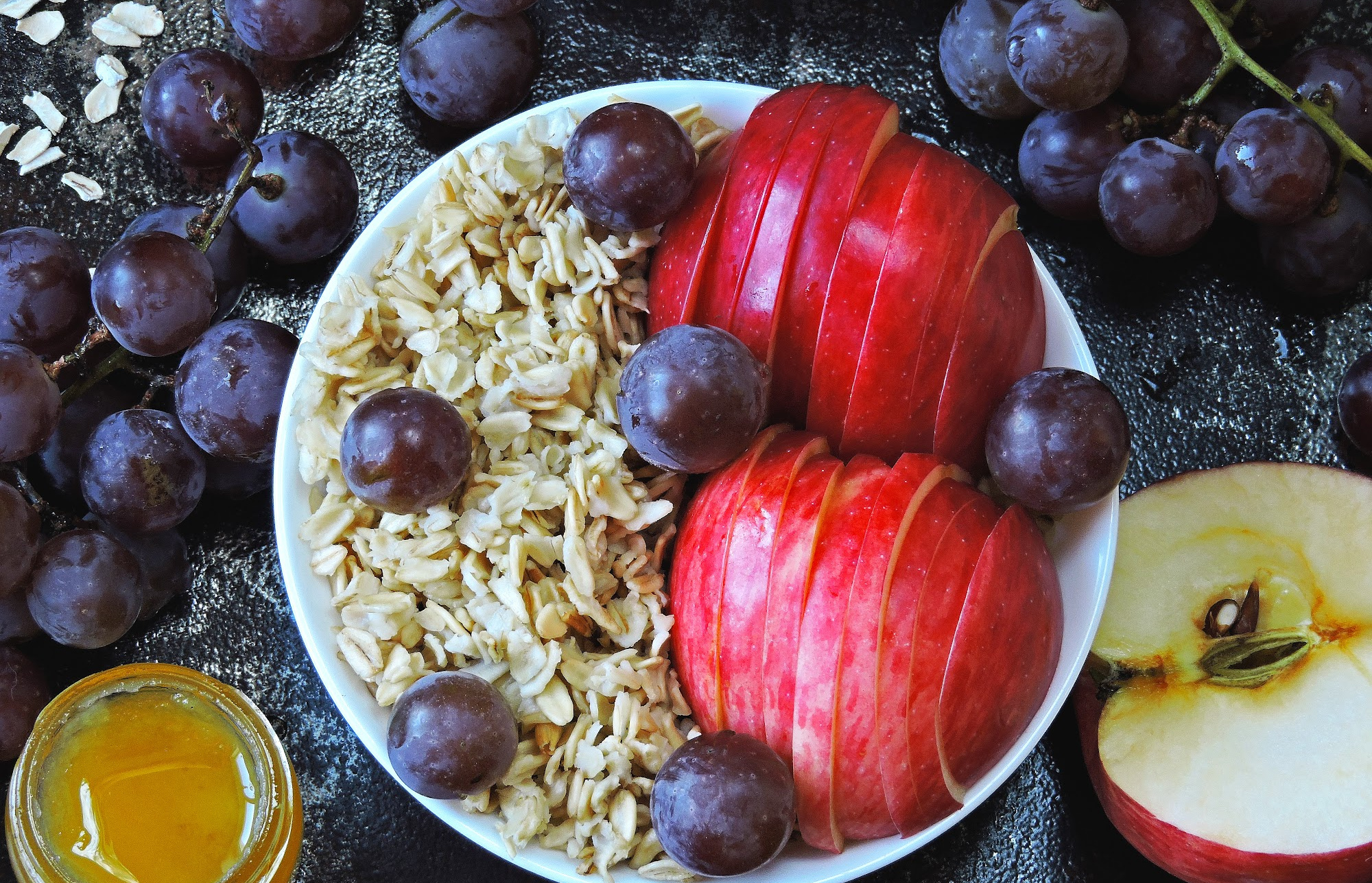

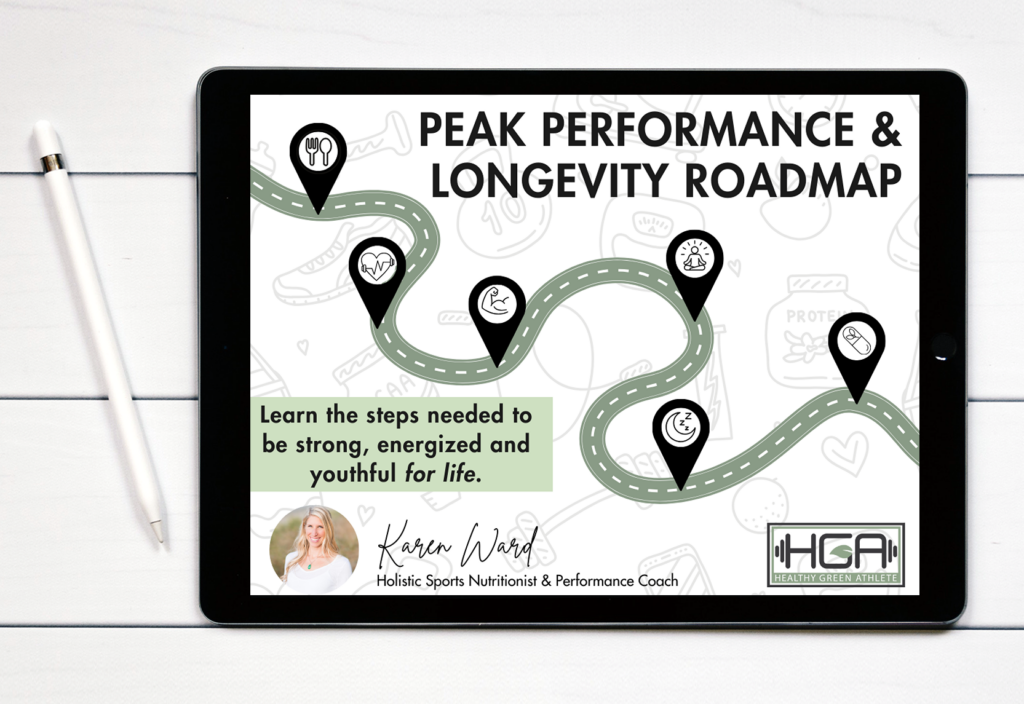
4 Comments
Pingback:
Pingback:
Pingback:
Pingback: